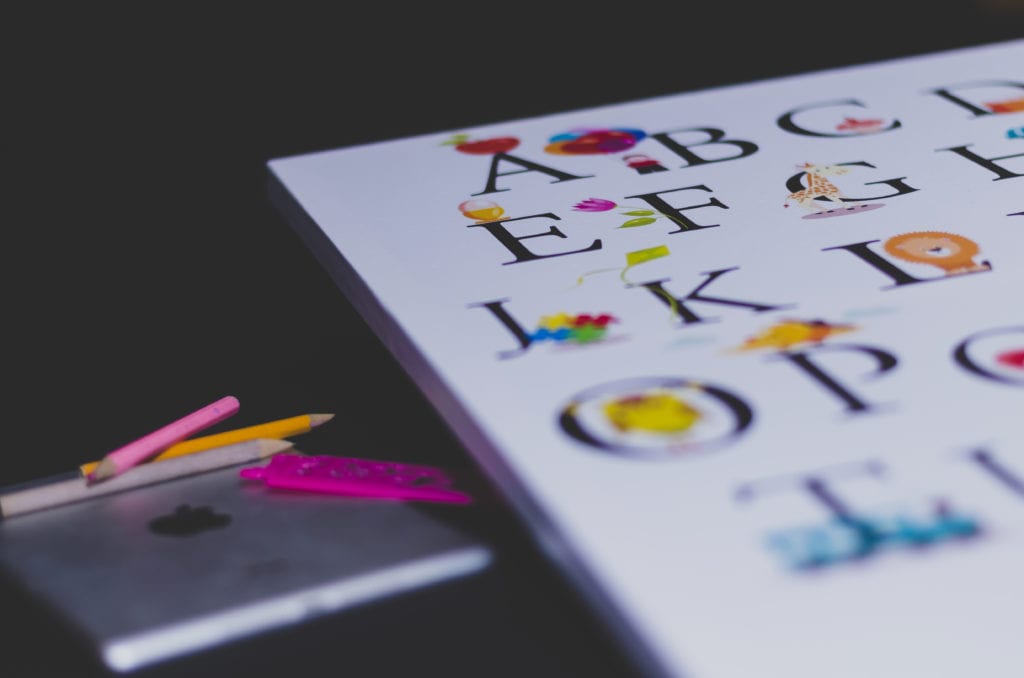Does anyone else still have to silently sing the alphabet song in their head to figure out the alphabetical order? We all know that song, especially if we work with or have young children. When we start the journey of developing a reader and literate member of society, everything initially hinges on that song. We sing it in the bath, in the car, in the stroller, at the table – absolutely everywhere until we make sure that kid knows it no matter what.
Then they get dropped off at Kindergarten or grade one with the due diligence of the alphabet song proudly checked off… and they continue to struggle with reading. What on earth happened? They know their alphabet! Unfortunately, the emphasis placed on knowing the names of the letters is a common misconception. The names of the letters actually have very little to do with being able to use those letters in reading and writing.
When we start with reading, we spend a lot of time talking about ‘decoding’, which often means the ability to sound out the words. The thing is, decoding is what we call it because that’s exactly what it is – we are uncovering what sounds the letters are representing in that moment, cracking the code if you will – and the meaning of that code can be altered by the combination the letters are used in. Knowing that ‘a’ was the beginning sound of ‘apple’ was a great start, until we combined that letter with ‘i’ to make ‘ai’ as in the ‘chair’, and then ‘e’ as in “I want to ‘read’ that book,” or “No thanks, I’ve already ‘read’ that one.” The letters as we know them in the alphabet are only the beginning – and it’s still a very important place to start – but the emphasis needs to be on the sounds they make, not just knowing their names. This concept is known as a phonogram – which simply means the sound represented with writing.
When your reader starts to move on to more sophisticated texts and they know their sight words, reading can still be a lot of hard work if they never grasped the concept of phonograms, meaning that letters make multiple sounds like long vowels or short vowels, and that ‘c’ is sometimes a /k/, sometimes an /s/, and sometimes a “sh” if it’s with an ‘i’. It’s frustrating when digraphs like ‘th’, ‘ch’, and ‘sh’ make entirely different sounds together than the ones they make separately. Like anything else in reading instruction though, mastering this skill comes down to explicit instruction and time. That’s why, when teachers read with your child, we spend a lot of time explaining what the sounds are and using ways to remember them like ‘ar’ is the pirate sound, whether it’s in ‘are’ or ‘car’ and this is the ‘ea’ as in ‘bread’, not the ‘ea’ as in ‘weeeeeee’, the roller coaster sound. The more time spent reading, modeling decoding, and discussing what has been read, the quicker your child will catch on to these rules.
It’s tricky stuff, this reading business – but that’s why you have us!
